Providence, Rhode Island, stands as a living museum of American architectural history, with centuries-old buildings that have survived urban renewal and the passage of time. The city’s commitment to historic preservation has created a rare urban landscape where multiple eras of design exist side by side, telling the story of America’s evolution through its built environment.
Here is a list of 15 must-see places in Providence for anyone who appreciates the beauty and craftsmanship of historic architecture.
College Hill
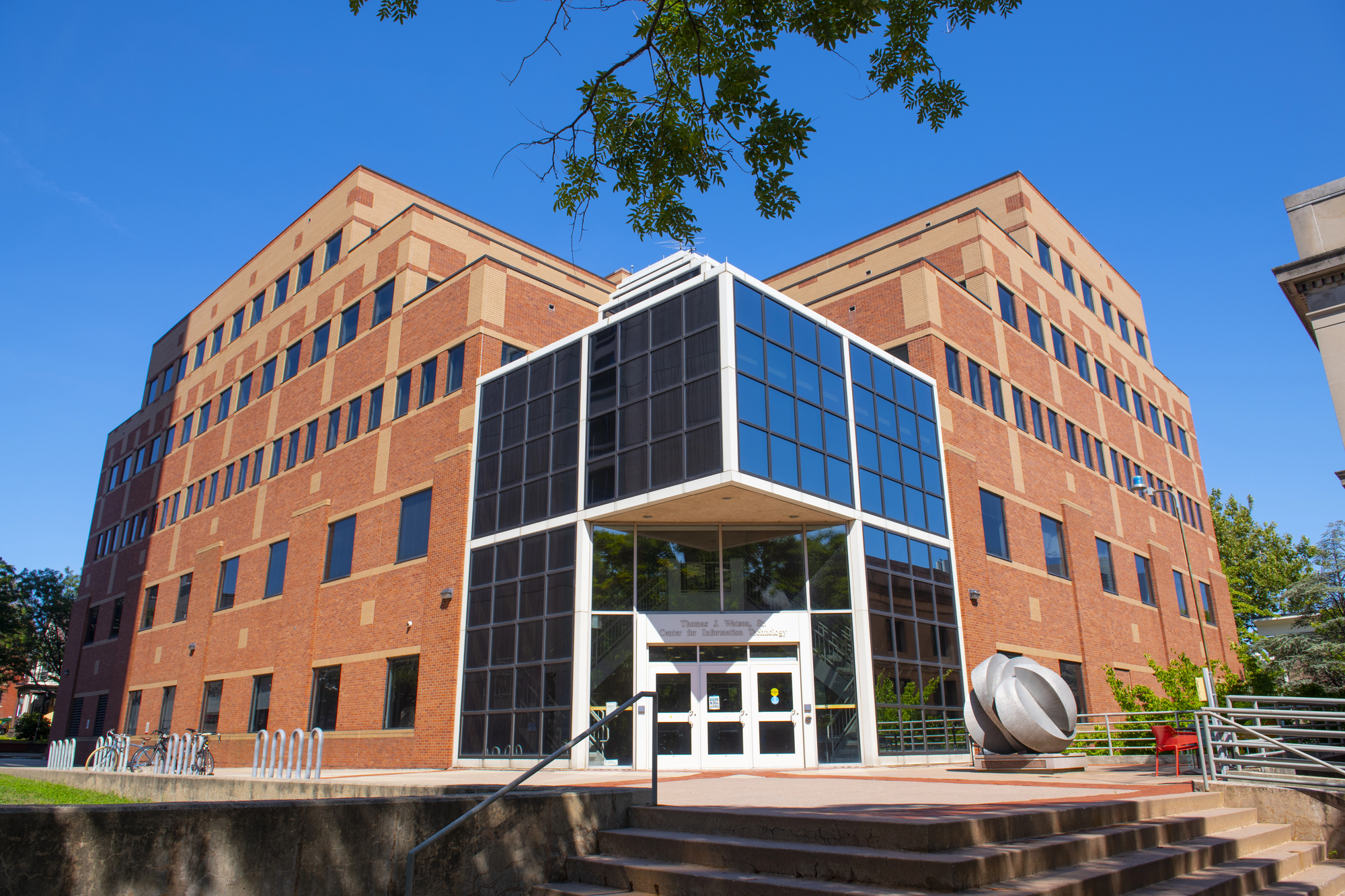
This historic neighborhood contains one of the most impressive collections of 18th and early 19th-century homes in the nation. The area’s steep streets are lined with impeccably preserved Colonial, Federal, Greek Revival, and Victorian structures featuring handcrafted details rarely seen in modern construction.
Many homes still display their original hardware, wide-plank floors, and the distinctive purple-tinted glass found in some Colonial-era windows.
The Arcade
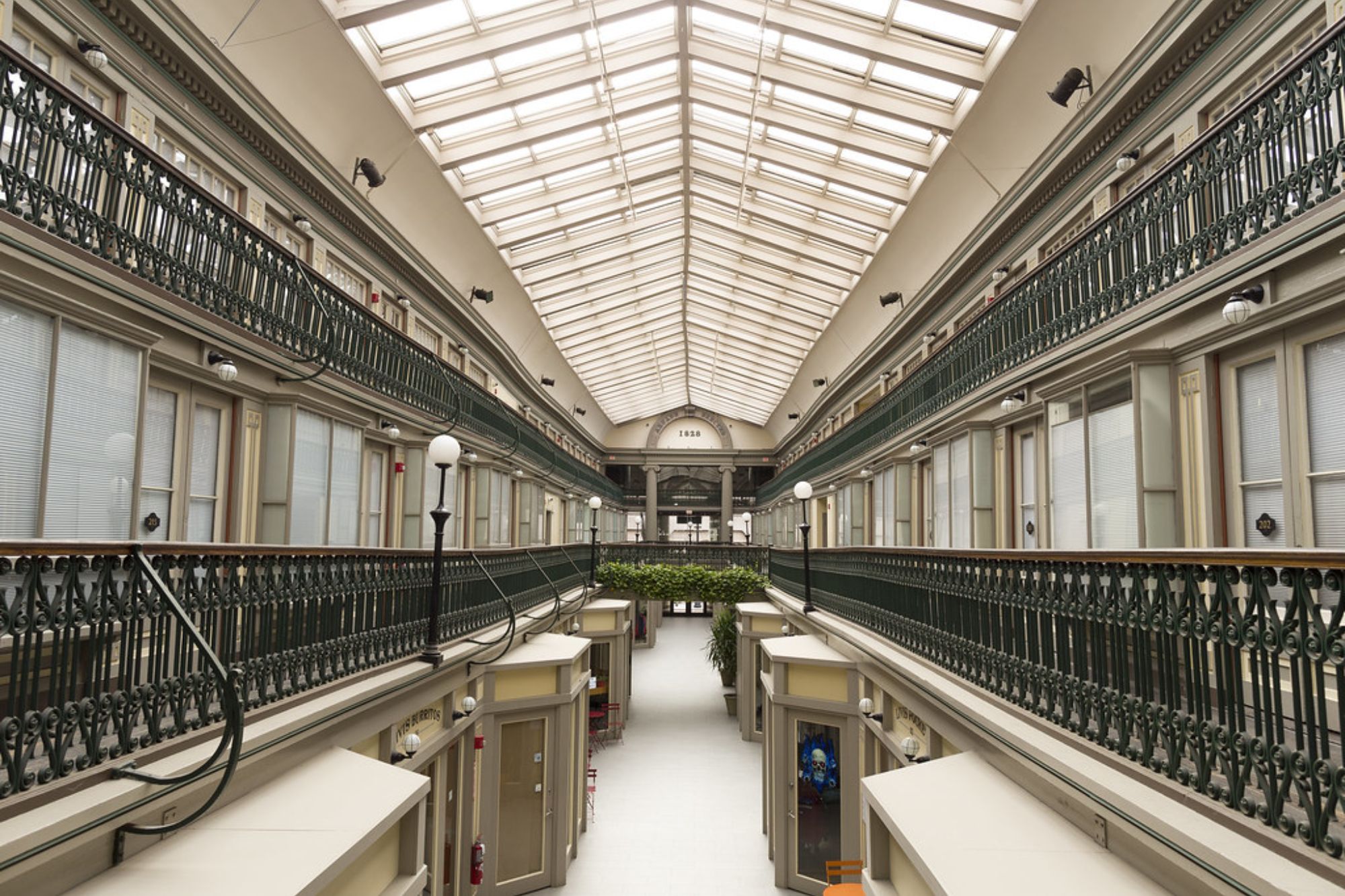
Dating back to 1828, The Arcade stands as America’s oldest indoor shopping mall and a spectacular example of Greek Revival architecture. The building’s imposing granite columns front both Westminster and Weybosset Streets, while the interior showcases three levels of shops connected by open walkways beneath a central skylight.
This innovative structure has been reimagined for modern use, with micro-apartments now occupying the upper floors while retail spaces remain below.
Benefit Street
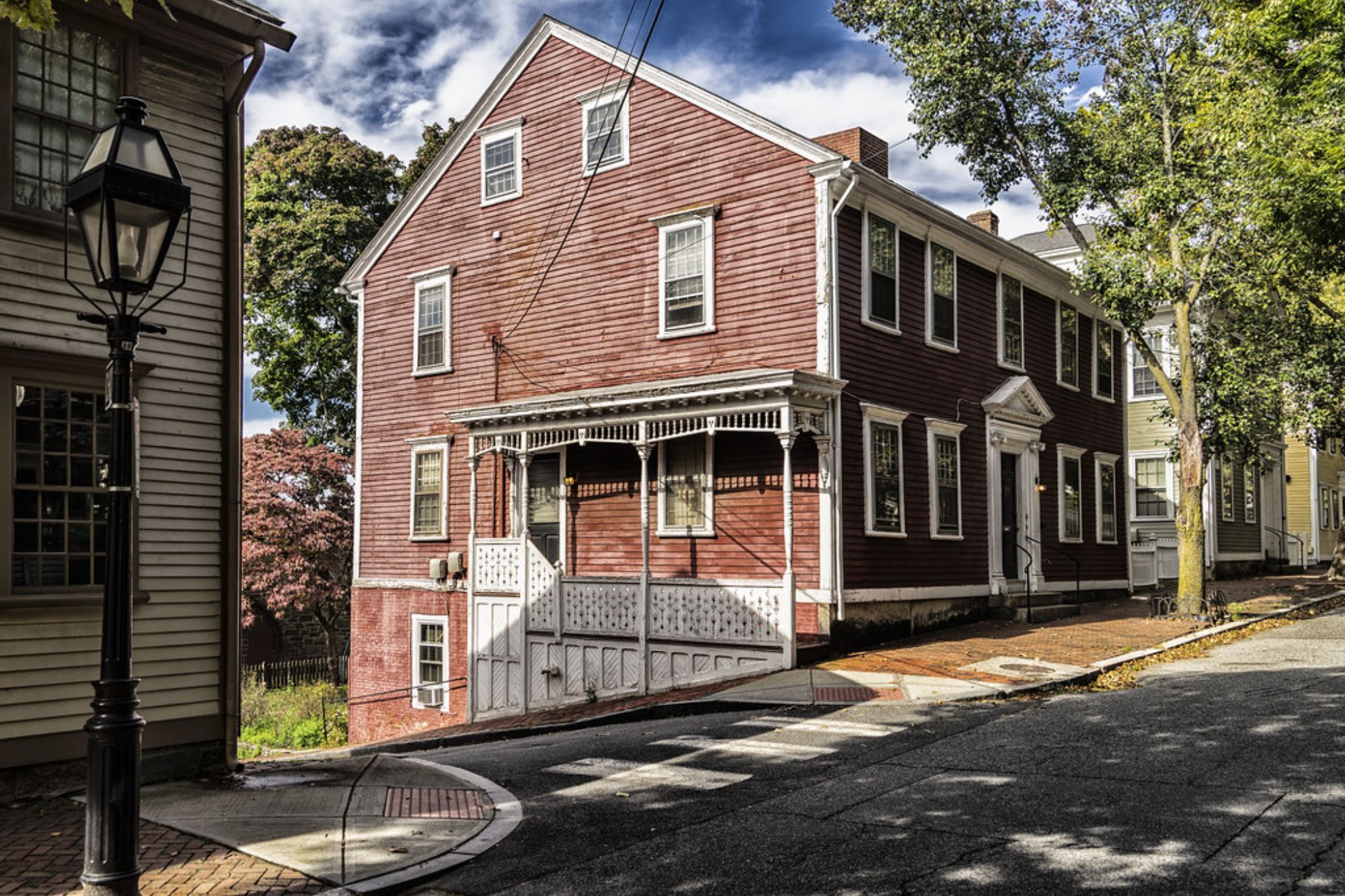
Often called the ‘Mile of History,’ this east side thoroughfare features one of the highest concentrations of Colonial buildings in America. The Providence Preservation Society saved this architectural treasure trove from demolition in the 1950s, preserving exceptional examples of wooden Colonial homes alongside later Federal and Victorian structures.
The street’s brick sidewalks and historic gas lamps enhance the feeling of stepping back in time as you walk past homes spanning nearly three centuries.
Like Travel Pug’s content? Follow us on MSN.
First Baptist Church
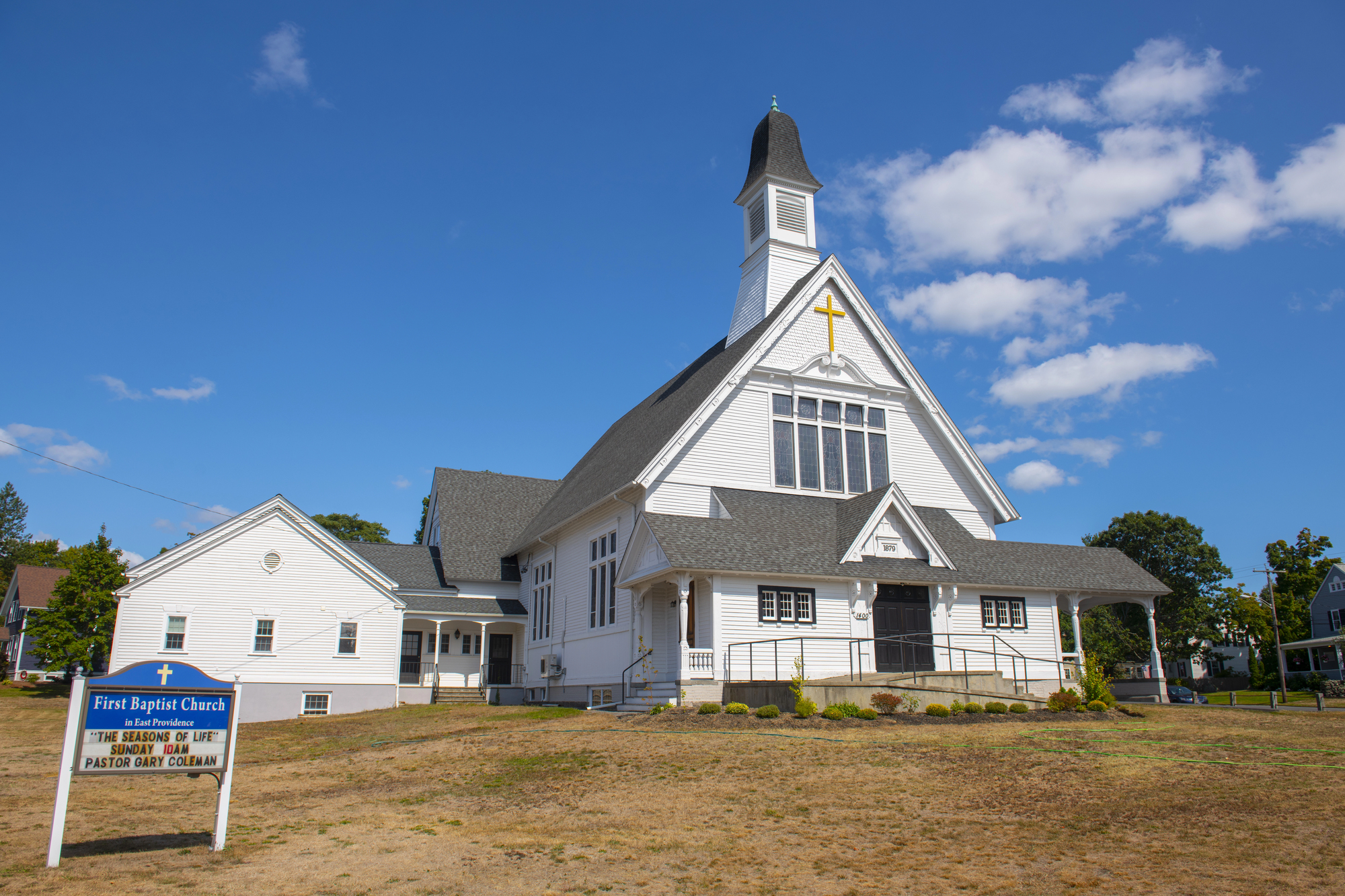
Founded by Roger Williams in 1638, the current First Baptist Church building dates to 1774-75 and represents one of America’s finest Colonial-era religious structures. The building combines a traditional New England meeting house layout with a stunning 185-foot steeple designed by ecclesiastical architect James Gibbs.
The remarkably preserved interior features the original box pews, a central pulpit, and hand-blown glass windows that filter sunlight onto the whitewashed walls.
John Brown House

This 1788 mansion showcases the epitome of Federal-style architecture and the wealth of Providence’s merchant class. Designed by prominent architect Joseph Brown for his brother John, the home features exquisite details, including hand-carved woodwork, imported marble fireplaces, and a magnificent flying staircase.
The building’s brick exterior with brownstone trim set the standard for elegant Providence homes for decades to follow.
Providence Athenaeum
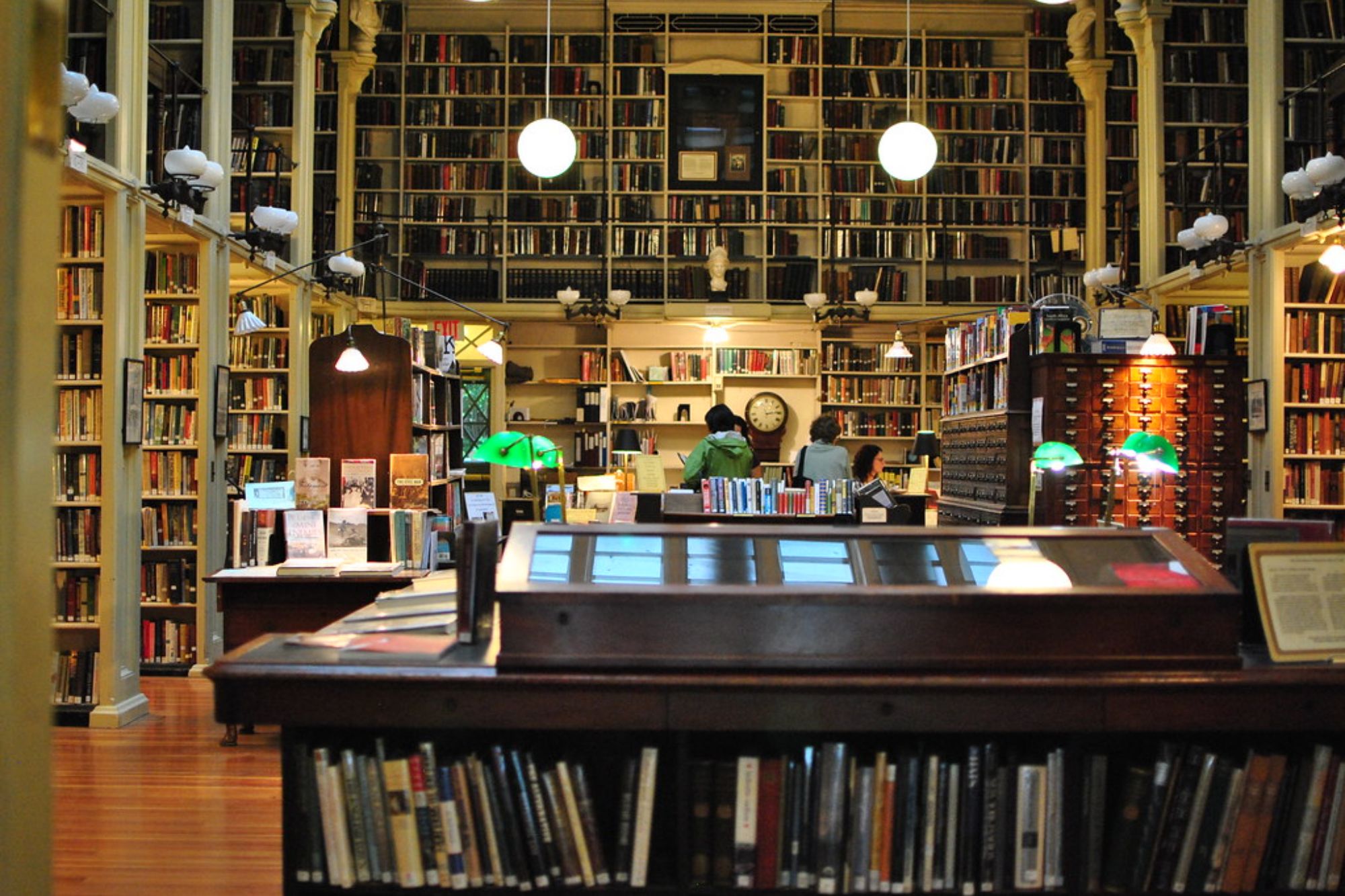
This independent library, dating to 1836, stands as a Greek Revival masterpiece with its imposing Doric columns and grand reading room. The interior features original wooden bookshelves rising two stories, cast-iron balconies, and a stunning skylight that illuminates the central space.
The Athenaeum’s intimate scale and rich materials create an atmosphere that has attracted scholars and writers, including Edgar Allan Poe, who courted poet Sarah Helen Whitman among its stacks.
Like Travel Pug’s content? Follow us on MSN.
Rhode Island State House

Completed in 1904, this Beaux-Arts masterpiece designed by McKim, Mead & White features the world’s fourth-largest self-supporting marble dome. The building’s gleaming white Georgia marble exterior creates a striking contrast with its neighbors while housing remarkable interior spaces, including the State Reception Room with its ornate ceiling murals.
The State House represents the grand civic architecture of America’s Gilded Age, showcasing both artistic beauty and symbolic purpose.
The Providence Biltmore

Now operating as the Graduate Providence hotel, this 1922 Neo-Federal building designed by Warren and Wetmore (of Grand Central Terminal fame) stands as a testament to Providence’s prosperity in the early 20th century. The V-shaped structure maximizes natural light, while its ornate lobby features an impressive glass-coffered ceiling, marble columns, and intricate plasterwork.
The rooftop Grand Ballroom, with its spectacular views, remains one of the city’s most coveted event spaces.
Industrial Trust Building

Locally known as the ‘Superman Building’ due to its resemblance to the Daily Planet, this 1928 Art Deco skyscraper stands as Rhode Island’s tallest building. The limestone and nickel exterior rises in a series of setbacks, creating a distinctive silhouette on the Providence skyline.
The banking hall features marble imported from Africa and Europe, bronze details, and a ceiling adorned with celestial images, showcasing the optimism and craftsmanship of pre-Depression America.
Like Travel Pug’s content? Follow us on MSN.
Governor Henry Lippitt House
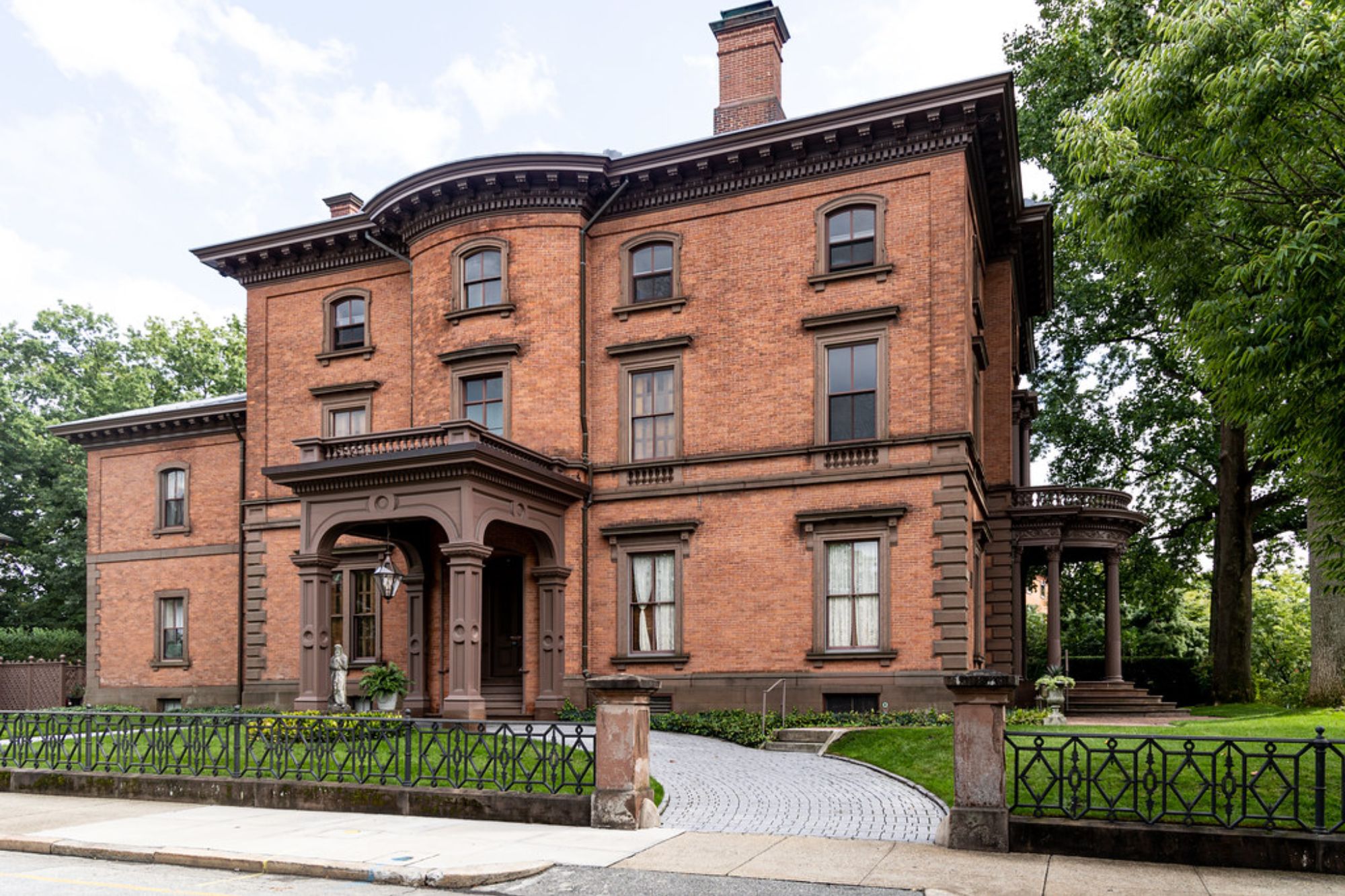
This Italian Renaissance Revival mansion, completed in 1865, demonstrates the changing tastes of Providence’s elite during the Victorian era. The exterior features brownstone trim, bay windows, and an imposing central tower, while the interior showcases hand-painted ceilings, carved woodwork, and one of America’s earliest central heating systems.
The home’s technological innovations—including indoor plumbing and gas lighting—sit alongside traditional craftsmanship, representing a pivotal moment in American domestic architecture.
Cathedral of Saints Peter and Paul
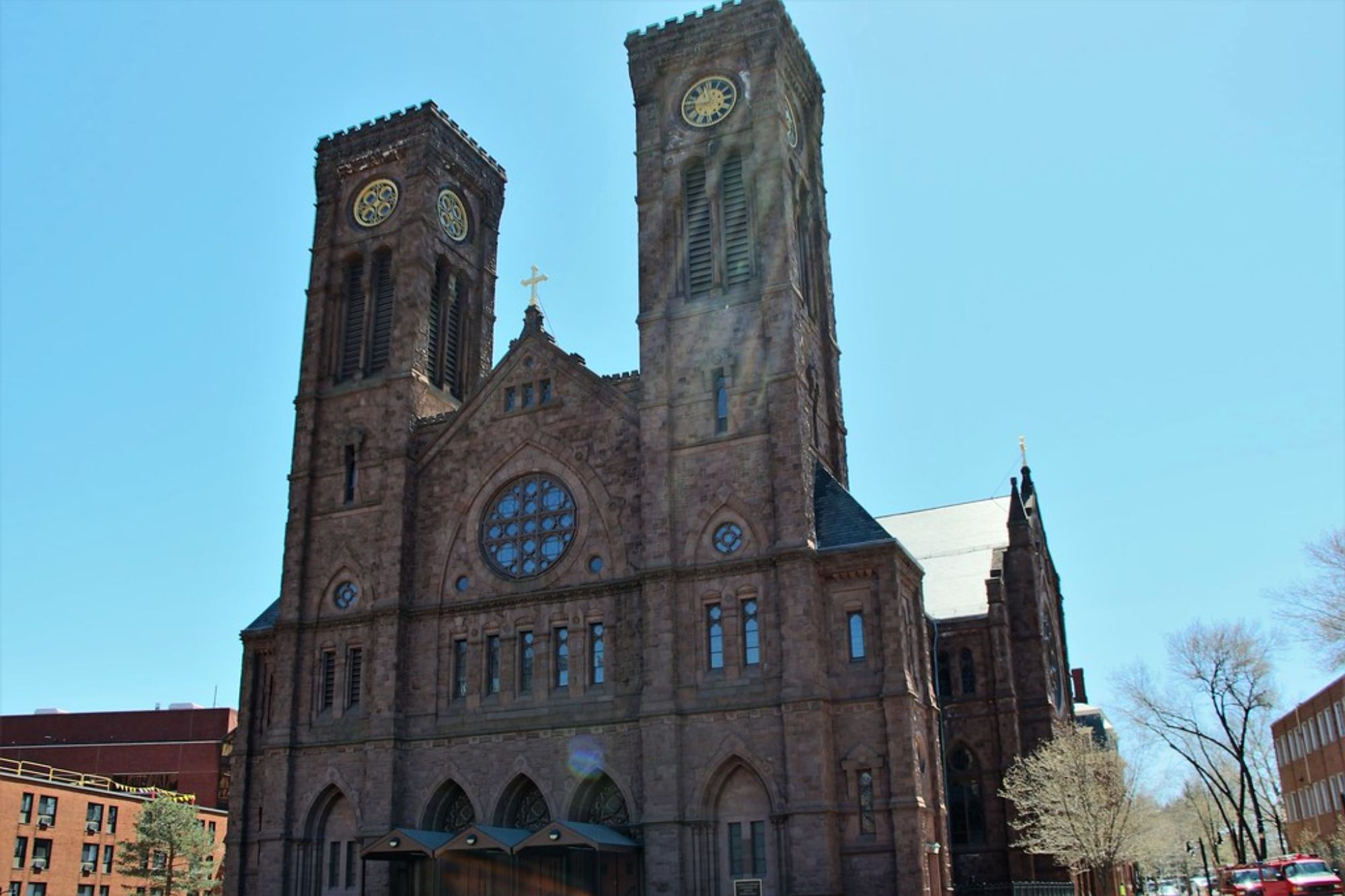
Dedicated in 1889, this Romanesque Revival cathedral designed by Patrick Keely contains the largest collection of Tiffany stained glass in Rhode Island. The brownstone exterior features twin spires rising 156 feet, while the interior spans 5,000 square feet without columns, creating an unobstructed sacred space.
The cathedral’s rounded arches, rich colors, and exceptional acoustics make it both a spiritual and architectural landmark in downtown Providence.
The Fleur-de-Lys Building
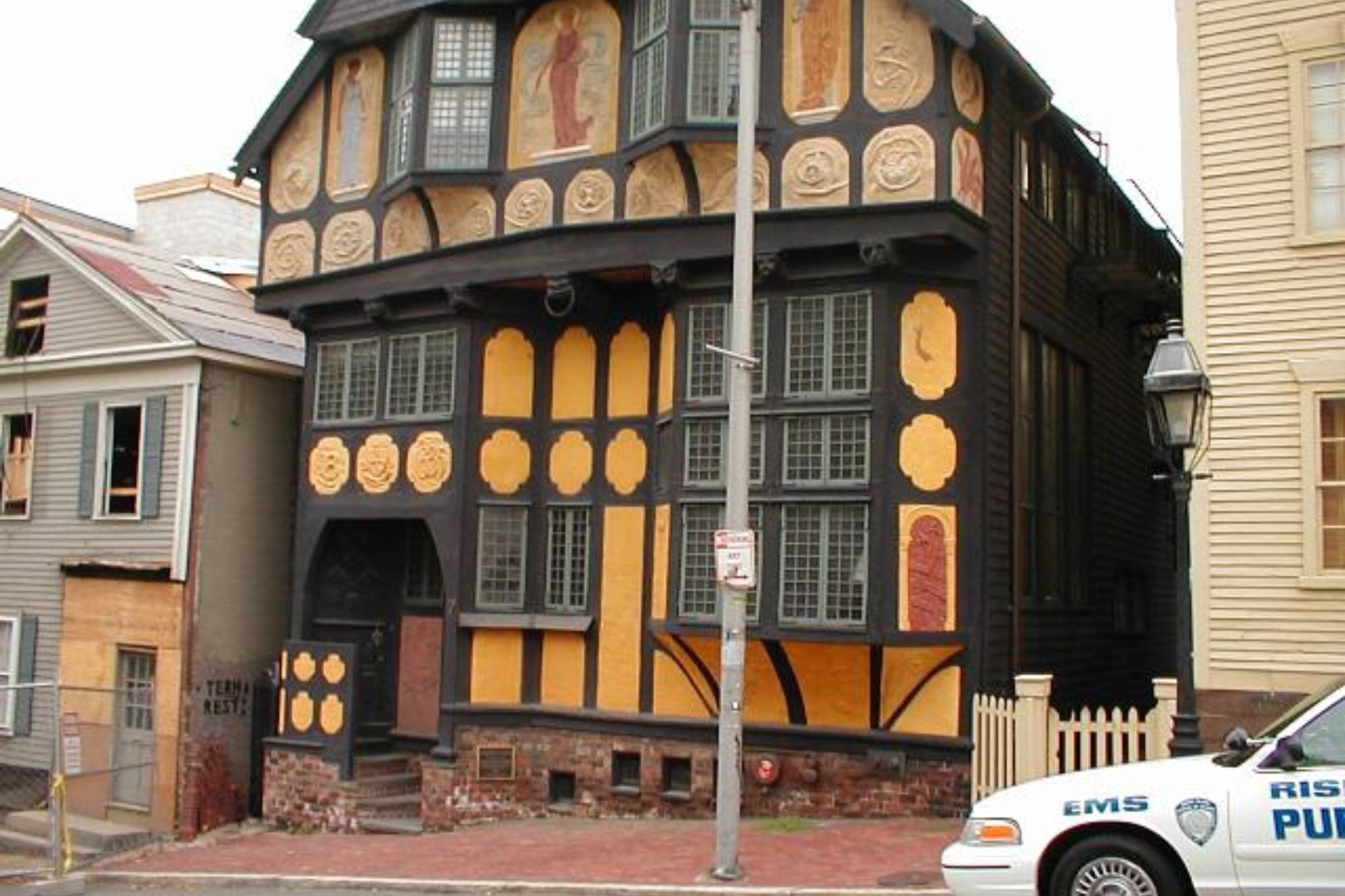
This 1885 studio building designed for the Providence Art Club stands as America’s premier example of the Arts and Crafts movement in institutional architecture. The façade features an extraordinary mix of decorative elements, including a whimsical face, fleurs-de-lys, and sunflowers rendered in brick, brownstone, and terra cotta.
The building embodies the movement’s emphasis on craftsmanship and artistic expression, serving as a reaction against industrialization.
Like Travel Pug’s content? Follow us on MSN.
Providence City Hall
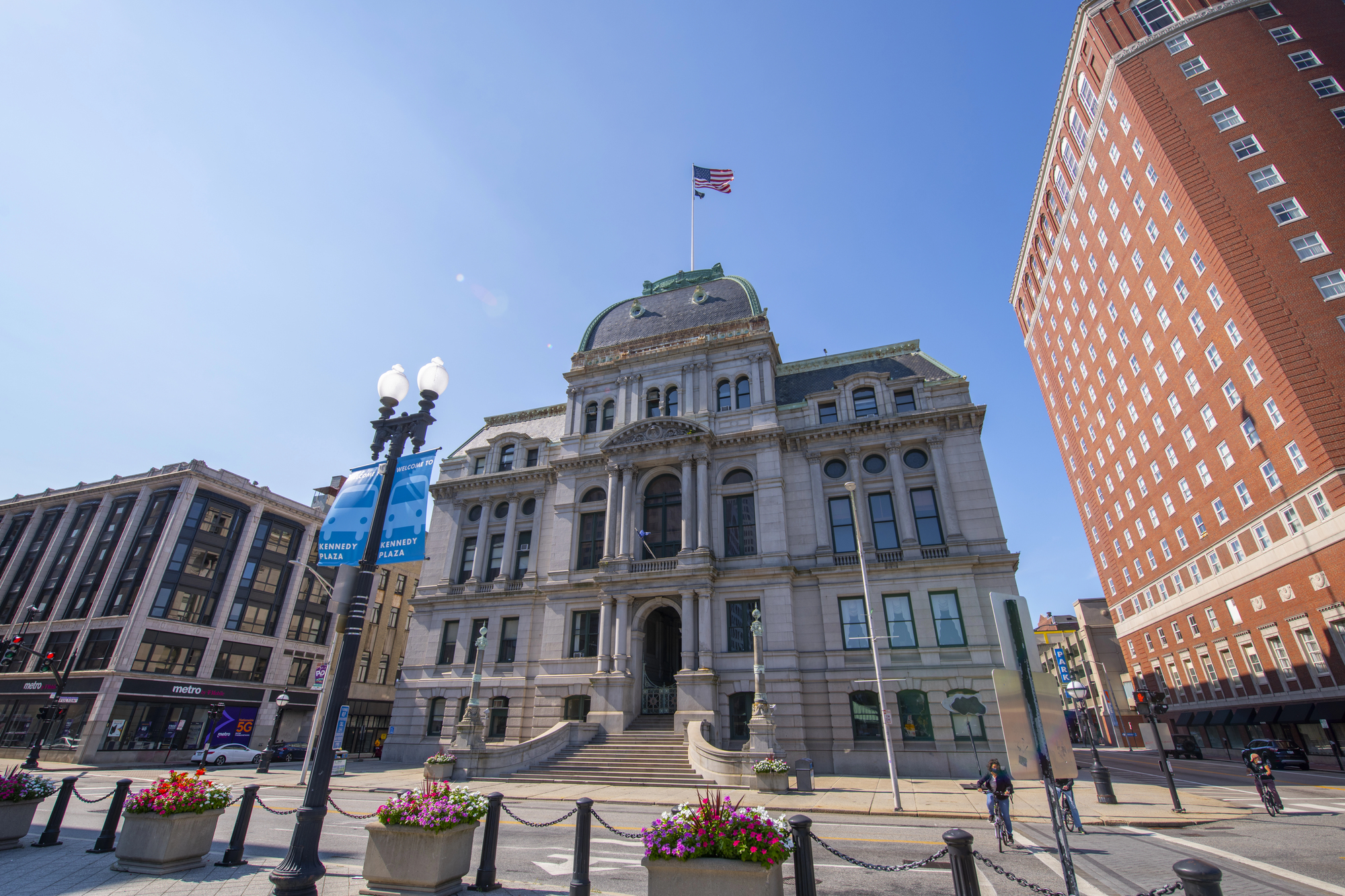
Completed in 1878, this Second Empire masterpiece, designed by Samuel J.F. Thayer, features a distinctive mansard roof, ornate dormers, and an imposing central clock tower. The five-story building combines function with extraordinary beauty, from the cast-iron grand staircase to the coffered ceilings of the City Council Chamber.
The building’s mix of materials—granite, iron, and brick—demonstrates the Victorian era’s love of texture and structural expression.
Ladd Observatory
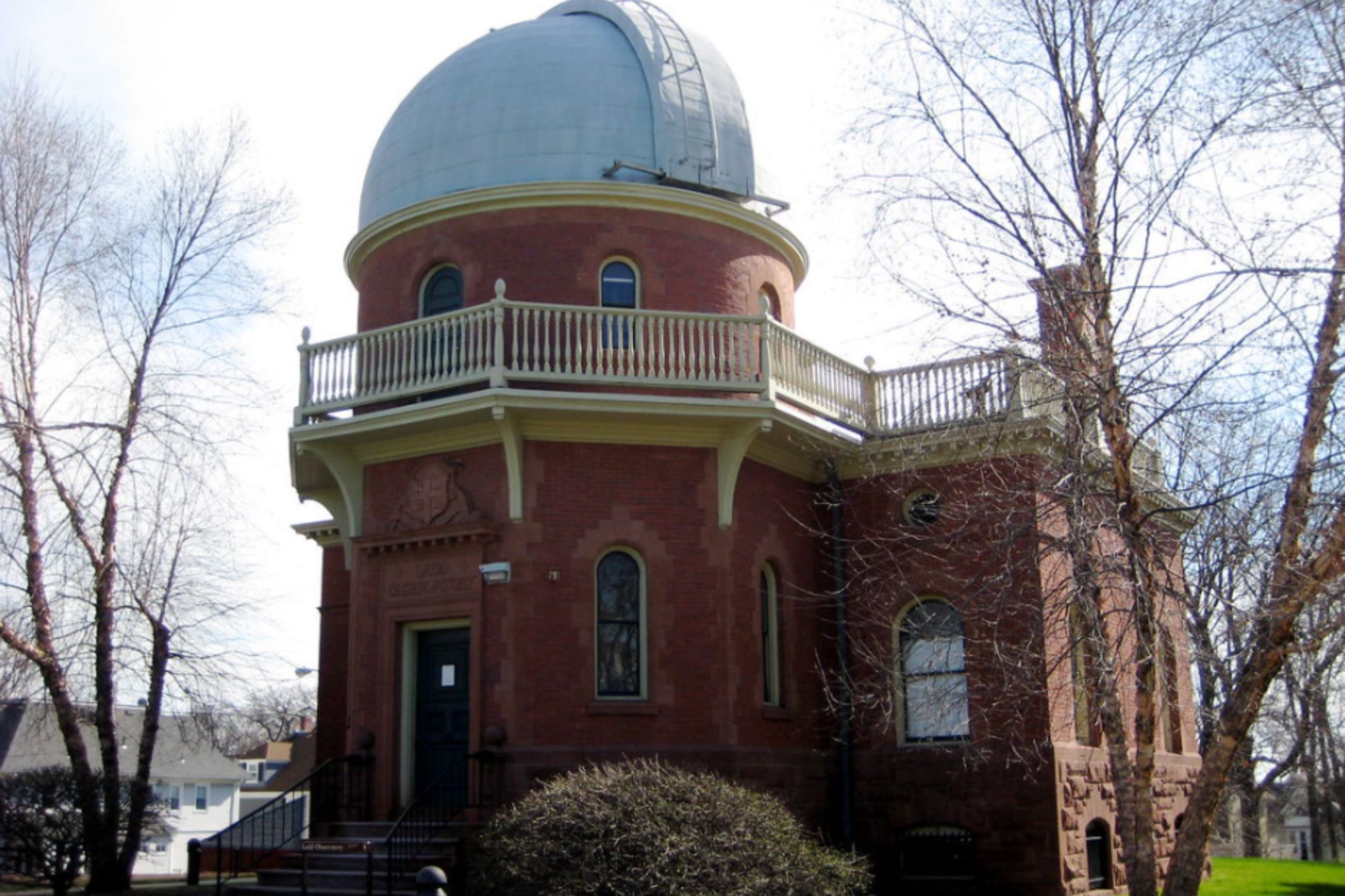
Built in 1891, this compact yet elegant observatory stands as a rare example of late 19th-century scientific architecture. The brick structure features a copper dome housing the original 12-inch refracting telescope, while the interior woodwork remains in nearly original condition.
The building’s classical proportions and attention to detail reflect the era’s belief that even utilitarian structures should aspire to beauty and permanence.
The Nightingale-Brown House
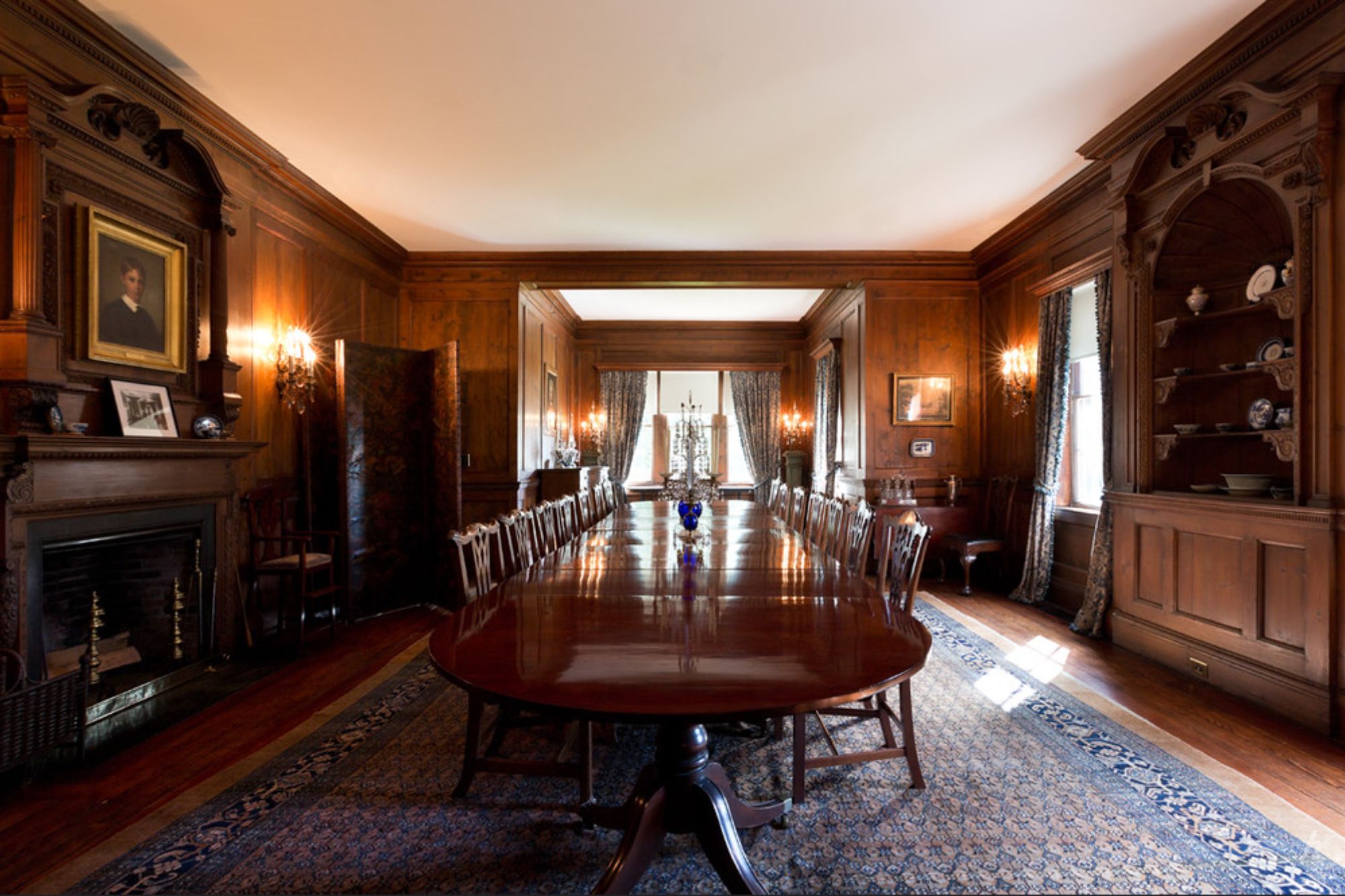
Built in 1792 and significantly expanded in the mid-19th century, this Federal-style mansion demonstrates how historic buildings evolved to meet changing needs and tastes. The original structure showcases the elegance of post-Revolutionary design, while later additions reflect Victorian sensibilities, including a massive four-story tower and elaborate interior decoration.
The house serves as a perfect case study of how Providence’s architecture adapted over time without sacrificing historic fabric.
Like Travel Pug’s content? Follow us on MSN.
Preserving Providence’s Architectural Heritage
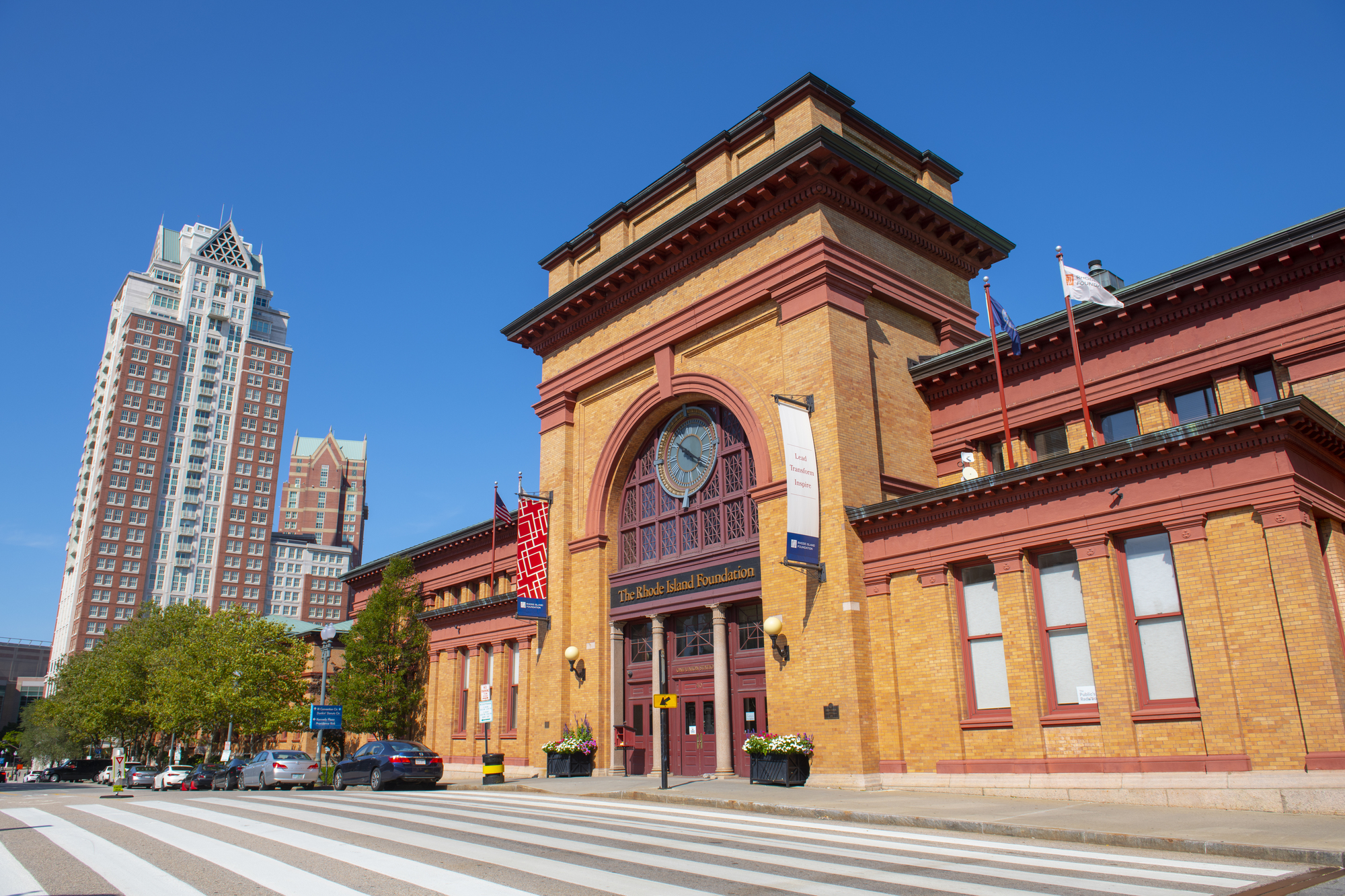
Providence’s architectural treasures now benefit from some of America’s strongest preservation protections, ensuring these structures will inspire future generations. The city’s living architectural museum spans nearly four centuries, from pre-Revolutionary Colonial to Victorian extravagance, early modernism, and beyond.
These buildings tell stories of Providence’s economic cycles, social aspirations, and artistic achievements through the universal language of architecture. Whether admiring elaborate mansions or humble workshops, visitors experience something increasingly rare in America—a city where the physical past remains present, allowing us to walk through history rather than merely read about it.
More from Travel Pug

- Cities Growing so Fast You Won’t Recognize Them in 10 Years
- 13 Destinations Where Tourists Regularly Regret Their Trip
- 20 Obscure WWII Sites Even History Buffs Don’t Know About
- 10 Under-the-Radar Mountain Towns That Are Both Affordable and Beautiful
- Remote Villages in Europe Where You Can Live for Free in Exchange for Work
Like Travel Pug’s content? Follow us on MSN.
